Capital One 2013 Annual Report Download - page 143
Download and view the complete annual report
Please find page 143 of the 2013 Capital One annual report below. You can navigate through the pages in the report by either clicking on the pages listed below, or by using the keyword search tool below to find specific information within the annual report.-
 1
1 -
 2
2 -
 3
3 -
 4
4 -
 5
5 -
 6
6 -
 7
7 -
 8
8 -
 9
9 -
 10
10 -
 11
11 -
 12
12 -
 13
13 -
 14
14 -
 15
15 -
 16
16 -
 17
17 -
 18
18 -
 19
19 -
 20
20 -
 21
21 -
 22
22 -
 23
23 -
 24
24 -
 25
25 -
 26
26 -
 27
27 -
 28
28 -
 29
29 -
 30
30 -
 31
31 -
 32
32 -
 33
33 -
 34
34 -
 35
35 -
 36
36 -
 37
37 -
 38
38 -
 39
39 -
 40
40 -
 41
41 -
 42
42 -
 43
43 -
 44
44 -
 45
45 -
 46
46 -
 47
47 -
 48
48 -
 49
49 -
 50
50 -
 51
51 -
 52
52 -
 53
53 -
 54
54 -
 55
55 -
 56
56 -
 57
57 -
 58
58 -
 59
59 -
 60
60 -
 61
61 -
 62
62 -
 63
63 -
 64
64 -
 65
65 -
 66
66 -
 67
67 -
 68
68 -
 69
69 -
 70
70 -
 71
71 -
 72
72 -
 73
73 -
 74
74 -
 75
75 -
 76
76 -
 77
77 -
 78
78 -
 79
79 -
 80
80 -
 81
81 -
 82
82 -
 83
83 -
 84
84 -
 85
85 -
 86
86 -
 87
87 -
 88
88 -
 89
89 -
 90
90 -
 91
91 -
 92
92 -
 93
93 -
 94
94 -
 95
95 -
 96
96 -
 97
97 -
 98
98 -
 99
99 -
 100
100 -
 101
101 -
 102
102 -
 103
103 -
 104
104 -
 105
105 -
 106
106 -
 107
107 -
 108
108 -
 109
109 -
 110
110 -
 111
111 -
 112
112 -
 113
113 -
 114
114 -
 115
115 -
 116
116 -
 117
117 -
 118
118 -
 119
119 -
 120
120 -
 121
121 -
 122
122 -
 123
123 -
 124
124 -
 125
125 -
 126
126 -
 127
127 -
 128
128 -
 129
129 -
 130
130 -
 131
131 -
 132
132 -
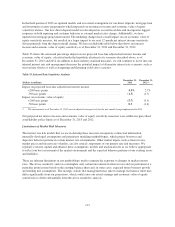 133
133 -
 134
134 -
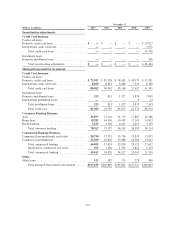 135
135 -
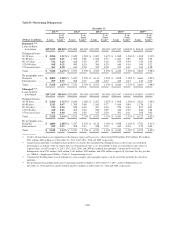 136
136 -
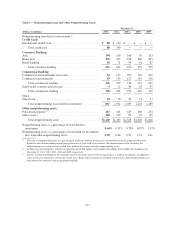 137
137 -
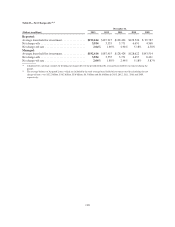 138
138 -
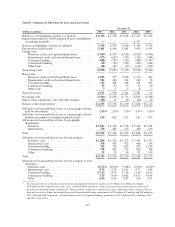 139
139 -
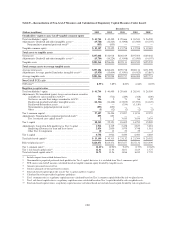 140
140 -
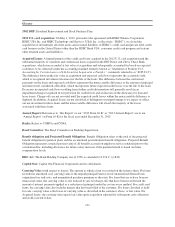 141
141 -
 142
142 -
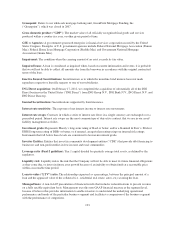 143
143 -
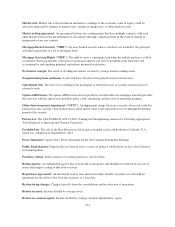 144
144 -
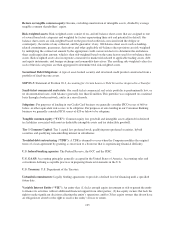 145
145 -
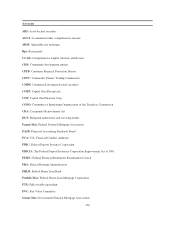 146
146 -
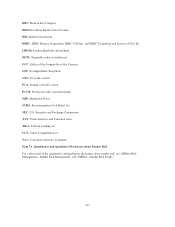 147
147 -
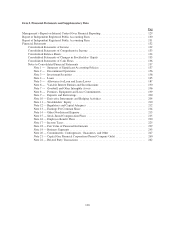 148
148 -
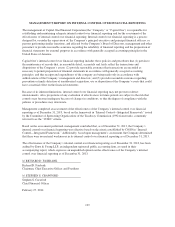 149
149 -
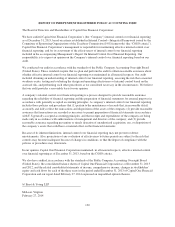 150
150 -
 151
151 -
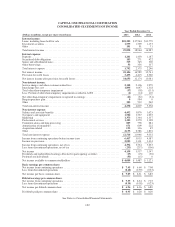 152
152 -
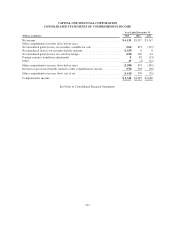 153
153 -
 154
154 -
 155
155 -
 156
156 -
 157
157 -
 158
158 -
 159
159 -
 160
160 -
 161
161 -
 162
162 -
 163
163 -
 164
164 -
 165
165 -
 166
166 -
 167
167 -
 168
168 -
 169
169 -
 170
170 -
 171
171 -
 172
172 -
 173
173 -
 174
174 -
 175
175 -
 176
176 -
 177
177 -
 178
178 -
 179
179 -
 180
180 -
 181
181 -
 182
182 -
 183
183 -
 184
184 -
 185
185 -
 186
186 -
 187
187 -
 188
188 -
 189
189 -
 190
190 -
 191
191 -
 192
192 -
 193
193 -
 194
194 -
 195
195 -
 196
196 -
 197
197 -
 198
198 -
 199
199 -
 200
200 -
 201
201 -
 202
202 -
 203
203 -
 204
204 -
 205
205 -
 206
206 -
 207
207 -
 208
208 -
 209
209 -
 210
210 -
 211
211 -
 212
212 -
 213
213 -
 214
214 -
 215
215 -
 216
216 -
 217
217 -
 218
218 -
 219
219 -
 220
220 -
 221
221 -
 222
222 -
 223
223 -
 224
224 -
 225
225 -
 226
226 -
 227
227 -
 228
228 -
 229
229 -
 230
230 -
 231
231 -
 232
232 -
 233
233 -
 234
234 -
 235
235 -
 236
236 -
 237
237 -
 238
238 -
 239
239 -
 240
240 -
 241
241 -
 242
242 -
 243
243 -
 244
244 -
 245
245 -
 246
246 -
 247
247 -
 248
248 -
 249
249 -
 250
250 -
 251
251 -
 252
252 -
 253
253 -
 254
254 -
 255
255 -
 256
256 -
 257
257 -
 258
258 -
 259
259 -
 260
260 -
 261
261 -
 262
262 -
 263
263 -
 264
264 -
 265
265 -
 266
266 -
 267
267 -
 268
268 -
 269
269 -
 270
270 -
 271
271 -
 272
272 -
 273
273 -
 274
274 -
 275
275 -
 276
276 -
 277
277 -
 278
278 -
 279
279 -
 280
280 -
 281
281 -
 282
282 -
 283
283 -
 284
284 -
 285
285 -
 286
286 -
 287
287 -
 288
288 -
 289
289 -
 290
290 -
 291
291 -
 292
292 -
 293
293 -
 294
294 -
 295
295 -
 296
296 -
 297
297 -
 298
298 -
 299
299 -
 300
300 -
 301
301 -
 302
302
 |
 |
Greenpoint: Refers to our wholesale mortgage banking unit, GreenPoint Mortgage Funding, Inc.
(“Greenpoint”), which was closed in 2007.
Gross domestic product (“GDP”): The market value of all officially recognized final goods and services
produced within a country in a year, or other given period of time.
GSE or Agencies: A government sponsored enterprise is financial services corporation created by the United
States Congress. Examples of U.S. government agencies include Federal National Mortgage Association (Fannie
Mae), Federal Home Loan Mortgage Corporation (Freddie Mac) and Government National Mortgage
Association (Ginnie Mae).
Impairment: The condition when the carrying amount of an asset exceeds its fair value.
Impaired loans: A loan is considered as impaired when, based on current information and events, it is probable
that we will not be able to collect all amounts due from the borrower in accordance with the original contractual
terms of the loan.
Inactive Insured Securitizations: Securitizations as to which the monoline bond insurers have not made
repurchase requests or loan file requests to one of our subsidiaries.
ING Direct acquisition: On February 17, 2012, we completed the acquisition of substantially all of the ING
Direct business in the United States (“ING Direct”) from ING Groep N.V., ING Bank N.V., ING Direct N.V. and
ING Direct Bancorp.
Insured Securitizations: Securitizations supported by bond insurance.
Interest rate sensitivity: The exposure of net interest income to interest rate movements.
Interest rate swaps: Contracts in which a series of interest rate flows in a single currency are exchanged over a
prescribed period. Interest rate swaps are the most common type of derivative contract that we use in our asset/
liability management activities.
Investment grade: Represents Moody’s long-term rating of Baa3 or better; and/or a Standard & Poor’s, Fitch or
DBRS long-term rating of BBB- or better; or if unrated, an equivalent rating using our internal risk ratings.
Instruments that fall below these levels are considered to be non-investment grade.
Investor Entities: Entities that invest in community development entities (“CDE”) that provide debt financing to
businesses and non-profit entities in low-income and rural communities.
Leverage ratio (Basel I guideline): Tier 1 capital divided by quarterly average total assets, as defined by the
regulators.
Liquidity risk: Liquidity risk is the risk that the Company will not be able to meet its future financial obligations
as they come due, or invest in future asset growth because of an inability to obtain funds at a reasonable price
within a reasonable time period
Loan-to-value (“LTV”) ratio: The relationship expressed as a percentage, between the principal amount of a
loan and the appraised value of the collateral (i.e., residential real estate, autos, etc) securing the loan.
Managed basis: A non-GAAP presentation of financial results that includes reclassifications to present revenue
on a fully taxable-equivalent basis. Management uses this non-GAAP financial measure at the segment level,
because it believes this provides information to enable investors to understand the underlying operational
performance and trends of the particular business segment and facilitates a comparison of the business segment
with the performance of competitors.
123
